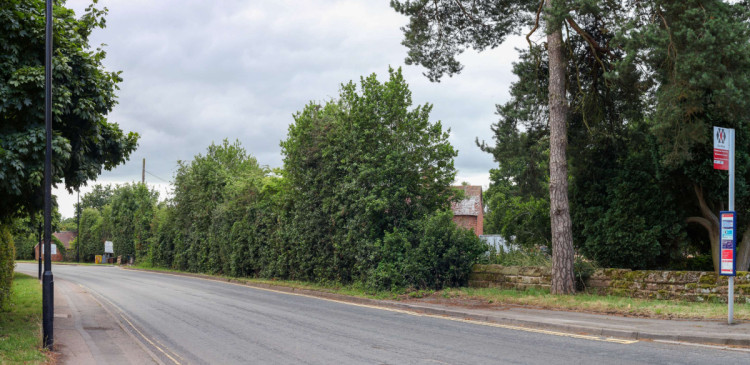Sir Jeremy Wright: We need to get EV charging right
By Sir Jeremy Wright 27th Jun 2025
By Sir Jeremy Wright 27th Jun 2025

The shift to electric vehicles is one of the most significant changes to our transport system in a generation.
It is essential to our environmental goals and to building a cleaner, more sustainable future.
But as we accelerate this transition, we must ensure it works for everyone, including the 1.35 million disabled drivers that, by 2035, are expected to rely on Electric Vehicles.
Despite this, the infrastructure we are putting in place is not ready to meet their needs.
Public chargepoints are often physically inaccessible, poorly designed and inconveniently located. Inadequate bay sizes, heavy cables, lack of dropped kerbs and high display screens all create real-world barriers.
A 2023 Zapmap survey found that nearly half of disabled drivers reported significant difficulties using public chargepoints, and just 2.3 per cent of existing chargers are considered fully accessible. In some cases, disabled drivers have even been forced to give up EVs entirely and return to petrol or diesel vehicles.
Despite the availability of clear guidance on how to build chargepoints that are safe and usable for disabled drivers, very few currently meet even the most basic accessibility criteria.
This is not a failure of intention, but of execution, and without intervention we risk hardwiring exclusion into the transport systems of tomorrow.
That's why I tabled an amendment to the Planning and Infrastructure Bill.
The amendment aims to ensure that accessibility is not left to chance or treated as an optional extra. Instead, it gives Government and local authorities the tools they need to monitor progress and, if necessary, require greater compliance with existing standards.
The PAS 1899 standard – developed collaboratively by the Government, the Motability Foundation, and the British Standards Institution – sets out what inclusive charging infrastructure looks like.
But compliance is voluntary, and no public chargepoint yet fully complies. My amendment doesn't immediately mandate those standards, but it ensures that if voluntary progress continues to lag, action can be taken.
Retrofitting inaccessible infrastructure is far more costly and disruptive than building it right the first time.
With the Planning and Infrastructure Bill aiming to dramatically accelerate chargepoint deployment, this is our chance to make sure speed does not come at the expense of equality of access.
We have a real opportunity to get this right: to build an EV charging network that works for all drivers and ensures we all make the journey to electric motoring together.
I hope the Government will take that opportunity.
CHECK OUT OUR Jobs Section HERE!
kenilworth vacancies updated hourly!
Click here to see more: kenilworth jobs
Share:




























